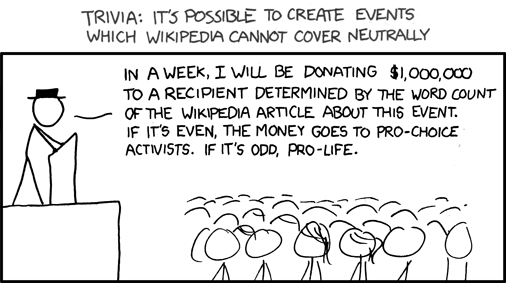
This is a long overdue post. I attended
Barcamp,
Singapore last Saturday. Being my first experience of a barcamp, it was a fun filled event with lots and lots of interesting talks (view the
slides). Besides interacting with a lot of diverse, enthusiastic people, it was interesting to discuss and come accross new ideas, technologies and methodologies. This is a long post, you may want to skip to
my ideas on people and talks I attended,
My talk at barcamp,
Pictures or
links.
The Barcamp team organized the talks on a 2 tier level. There was a pre-registration online for those willing to present an idea or a talk; and certain slots were left vacant for on the spot presentations after their proposed topics were voted by the public on the whiteboard. (The
schedule).
There were 5 tracks going on parallely and barcamp was characterized by the steady movement of people from one track to the other very frequently. Oh, and wifi access made live tweeting possible :)
The talk on virtual worlds by Jeremy Synder was interesting particularly because it focussed on the non-game aspects of the topic, something that is very hard to find since gaming is almost synonymous with 3d or virtual reality. Interesting also, because one of the guys I met earlier at RIAction and here at barcamp again, Gabriel, runs a
startup focussed on getting 3D to the web (No, they dont use flash or other plugins, they write their own objective C based plugin).
I met quite a few people over lunch, and it was a bit surprising to see many NTU / NUS students with startup ideas on web 2.0, made for a good discussion. There was a general sentiment that blogging as a phenomenon will soon die in the face of other growing social networks like facebooks(which allows posts of stories) and microblogging. I strongly disagree with that, because a blog allows you to build a brand besides being a publishing platform (not merely where you share stories with friends). And then there were people working in new startup companies with eventual aims of starting their own thing soon. It turned out to be an interesting exchange of ideas, views and concepts.
I was kinda looking forward to the talk on the other google APIs by
Vinoaj at Google, but was dissapointed to know that he couldnt make it and the presentation was done in lieu of him. It was an interesting topic because web development now is so focussed on standalone php / aspx / ruby etc development that getting a common task such as creating graphs/charts requires plugins and isntallations and configurations to get working. With google api's its just a matter of
calling the right function and letting google do the graph generation for you. The same goes for the
Google Web toolkit and
other API's. It was amazing to see the
demo on live swiss train positions (in real time) overlayed on google maps. Maybe sometime the MRT train positions of Singapore can be seen in real time on google earth as well.
An interesting topic towards the end was the poor state of funding available for aspiring entrepreneurs in Singapore (Only 600$ pm availability was claimed). There was a discussion on "Fundraising WTF" where stories on fundraising were shared and solutions discussed. There was a sentiment that NUS is very rigid and traditional in its procedures and something needs to be done about that.
All in all, a very interesting experience, that ended in an interesting end with a game of werewolves, a kinda tradition at barcamp (you might want to read
the-weirdest-werewolves-game-ever). The next barcamp, according to Preetam over dinner, may just happen this June, if you're interested.
I spoke on how microblogging is the next thing for web 2.0 and what could be future directions that it could potentially take. With facebook's attempted (and failed) acquisition of twitter, Google's acquisition of Jaiku (a twitter alternative), and Facebook's retaliatory move of opening up its LiveFeed (counter twitter?) shows how everyone is scampering into this area.
My presentation:
I did get quite a good feedback later on, apart from a question on "How do you see microblogging emerging in singaporean culture". That took me offbeat, and I later learnt that commenting and talking freely on topics or arguments is not something that comes freely to native singaporeans. Two months in Singapore, and I'm still learning the culture :)
Some snaps of the event. (Disclaimer: All the pics do not belong to me. They have been taken from
here and are the copyrights of their respective owners).

























